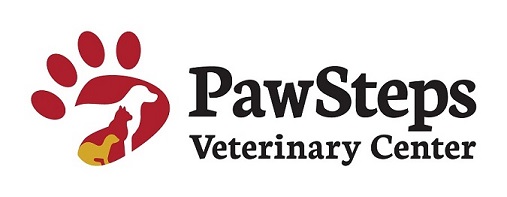Library
-
Pain can be difficult to detect in older dogs. It is important for dog owners to recognize subtle signs of pain in their dog, such as slowing down on walks, unwillingness to play, reluctance to sit or stand, limping or weight shifting, and sensitivity to touch on being picked up. If any of these behaviors are observed, your dog should be evaluated by your veterinarian and a pain management plan devised.
-
It may take several weeks to build up to performing a full nail trim and that is perfectly normal and acceptable. The goal is to make nail trims and positive and stress-free as possible for your cat. Taking the time to desensitize your cat to handling and nail trims will pay off in the long run, by making all of your cat’s future nail trims more pleasant.
-
Most dogs need to have their nails trimmed approximately once monthly. Dogs that are frequently walked on pavement or concrete may be able to go a bit longer between nail trims, because walking on a hard, rough surface can help file the nail. Dogs that are inactive or do not spend any time on hard surfaces may even need nail trims a bit more frequently, such as every three weeks.
-
This handout outlines the recommended steps to train and condition your dog for taking your dog hunting. It discusses the two main types of hunting dogs (hounds and gun dogs). Recommendations on what to ask your veterinarian before taking your dog hunting are also included.
-
Vaccinations are important to prevent serious illness in cats. Even cats that spend all their time indoors should be vaccinated. Some viruses can be carried into your home on inanimate objects such as shoes and clothing, therefore infecting your cat without her coming into contact with another animal. Your veterinarian is your most important resource in determining what vaccinations you need to give your cat to keep her protected.
-
Vaccinations are important to prevent serious illness in dogs. Even dogs that spend all their time indoors should be vaccinated. Some viruses can be carried into your home on inanimate objects such as shoes and clothing, therefore infecting your dog without him coming into contact with another animal. Your veterinarian is your most important resource in determining what vaccinations you need to give your dog to keep him protected.
-
Tapeworm Infection in Cats
Los gusanos planos son parásitos intestinales de los perros y los gatos. Forman parte del grupo de los cestodos. Pertenecen a una familia diferente de la de los gusanos gancho y gusanos redondos, que son otros gusanos intestinales comunes en perros y gatos. Hay diferentes tipos de gusanos redondos infectivos en gatos. El más común de todos con diferencia es el Dipylidium caninum.
-
Roundworm Infection in Cats
Los gusanos redondos son uno de los parásitos intestinales más comunes en gatos. En gatitos, pueden llegar a provocar enfermedad grave, incluso la muerte. Cómo su nombre indica, son unos gusanos redondos y alargados, con una longitud media de 8–15 cm (3–6).
-
Parvovirus in Dogs
La infección por parvovirus canino es una enfermedad relativamente moderna que apareció por primera vez en 1978. Debido a la gravedad del proceso y su rápida propagación en la población canina, la parvovirosis constituye un problema de interés público.
-
Cats are curious by nature, which can lead them into trouble, especially when they ingest items not meant to be eaten, such as thread, wool, paper, rubber bands, plant materials, and small toys. While some will pass through the digestive tract, some foreign bodies can cause serious problems. This handout explains foreign bodies in the intestinal tracts of cats and reviews clinical signs, diagnostic tests, treatment, and the prognosis of these situations.

